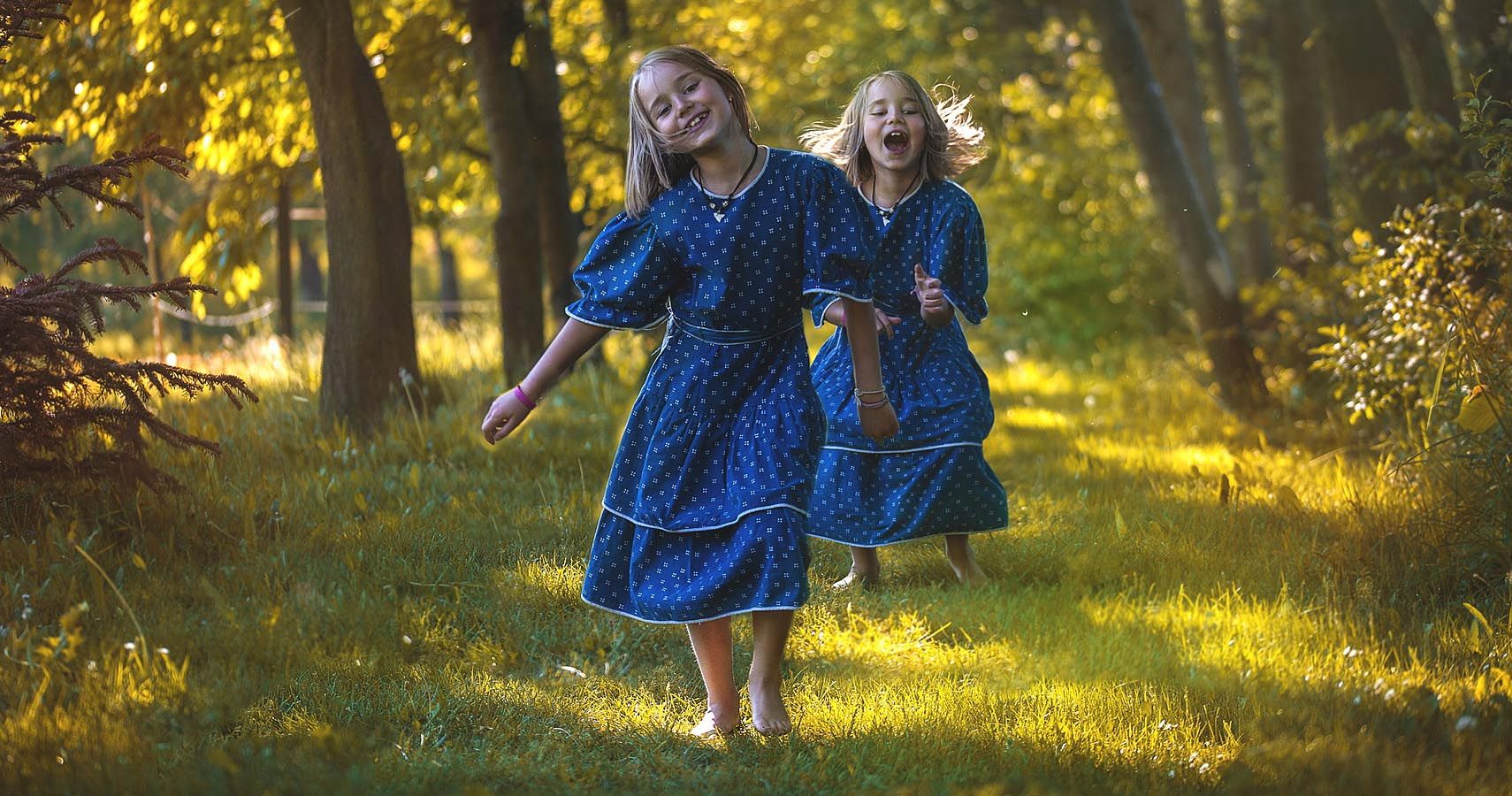"Identical" may be a subjective term as new research has determined that identical twins, although visual doppelgangers, are not genetically identical.
The discovery comes from scientists in Iceland who sequenced the DNA of 387 sets of identical twins who were both born from a single fertilized egg. They also studied their parents and children. There, they found “early mutations that separate identical twins,” according to Kari Stefansson. Kari, a geneticist at the University of Iceland and the company deCODE Genetics, is also the study's co-author. The research was published Thursday in the specialized journal Nature Genetics.
Mutations are another way of saying alteration to the DNA sequence. Small mutations are not necessarily good or bad. They can, however, affect various physical characteristics and change the body's vulnerability to certain disease. They typically happen when a cell divides and an error within the DNA replicates with it.
On average, identical twins have 5.2% of these detected early genetic differences, according to the work from Dr. Stefansson and colleagues. A surprising 15% of twin sets have more genetic differences than the small 5.2%, though. Some twins can have as many as 100, Stefansson explained.
These differences aren't glaring and can make up a small bit of the sibling's overall genetic code. That said, it can also affect various characteristics that sibling shows and determine things like which is taller or goes bald earlier. Before this study, many researchers had believed that physical differences in identical twins came about because of environmental factors, like nutrition or lifestyle.
While previous studies, like the one from 2008 which was published in the American Journal of Human Genetics, have noted some genetic differences between identical twins, this new data expounds on all the previous testing through the inclusion of parental DNA, as well as children and spouses of the identical twins. By including this section, researchers were then able to determine the approximate time that these genetic mutations occurred within two classes of cells. They even found that some mutations took place prior to the embryo dividing into two.
For parents, the chances of having identical twins is relatively rare. On average, there are only about three or four sets of identical twins for every 1,000 births. While twins may be either boys or girls, identical twins are always the same gender as each other.
Studies such as this are leading to a better understanding of the unique differences twins have. It can lead to better medical treatment, more solid understanding DNA, and build bridges to uncovering more secrets of our genetic code.
Sources: Explica, Times Now News, Healthline

